Report this entry
More from the same community-collection
Paper Mache Sculpture - 2017 - El Paso, Texas
7th grade Art students at Hornedo Middle School working on paper ...
Chris Appelzoller and Alexander Appelzoller - 2016
Chris Appelzoller and Alexander Appelzoller - 2016 - El Paso, ...
Chris Appelzoller and Alexander Appelzoller -With Mother - 2016
Veronica McGill, Chris Appelzoller and Alexander Appelzoller - ...
Chris Appelzoller and Alexander Appelzoller - 2016
Chris Appelzoller and Alexander Appelzoller - 2016 - White Sands ...
White Sands National Monument - 2016
White Sands National Monument - 2016 - White Sands National ...
Antonio Alvarado Sr. - 1900 - 1910 - El Paso, Texas
Tony Alvarado's father when he was about twenty years old. His ...
Emelia Barron - 1940 - El Paso, Texas
Emelia Barron - wife of Antonio Alvarado Sr. and mother of Tony ...
Tony (Azul) Alvarado Jr. - 1954 - El Paso, Texas
Tony (Azul) Alvarado Jr. - graduate, Bowie High School in El ...

















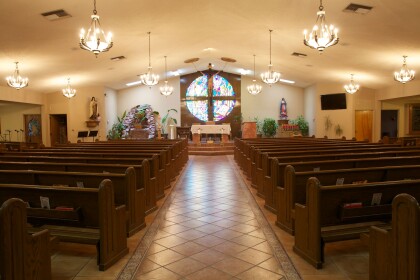
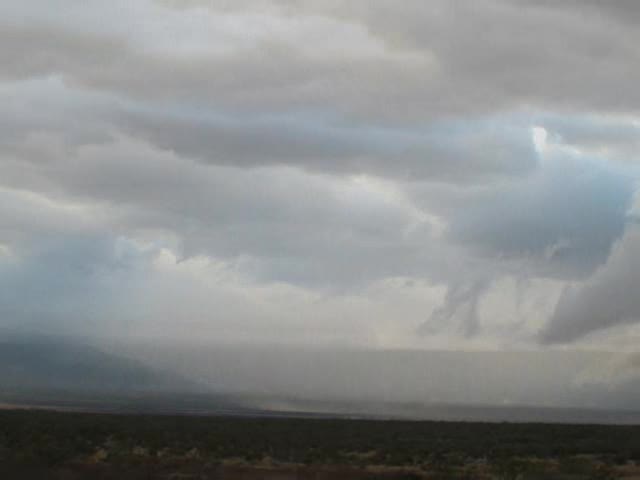
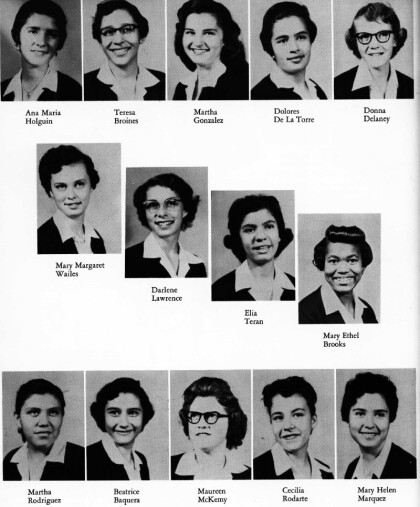

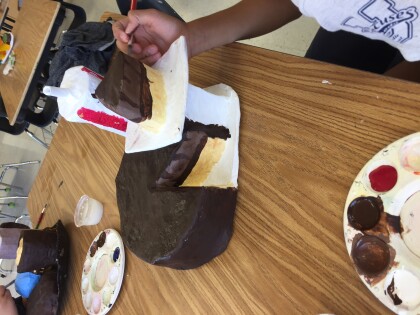

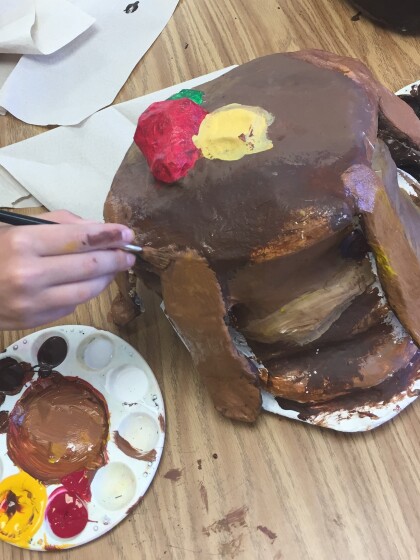

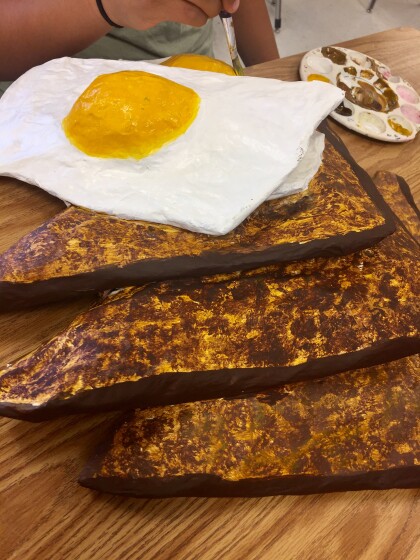

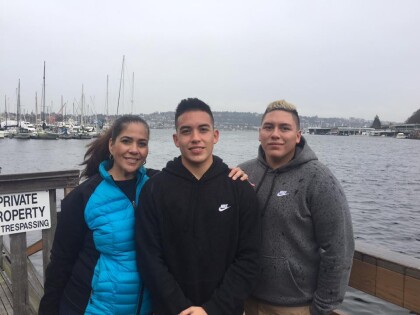
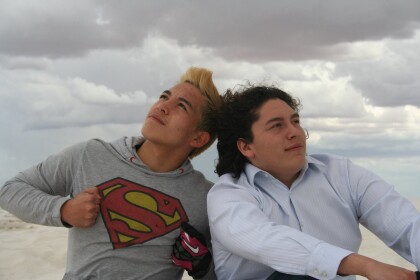

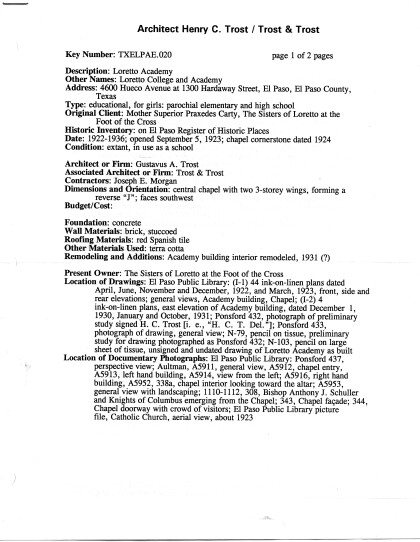
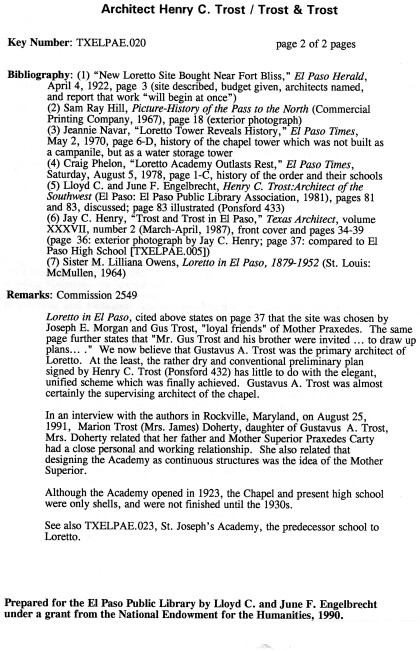
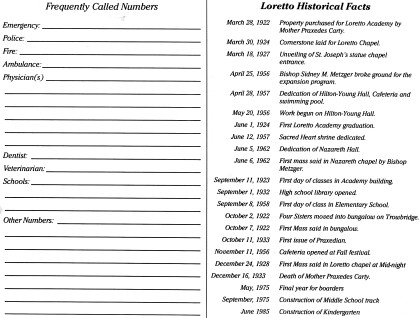
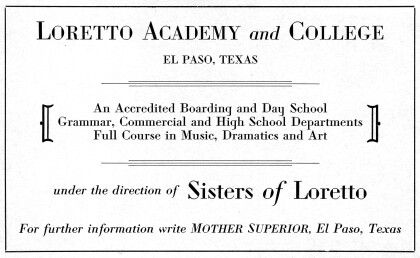
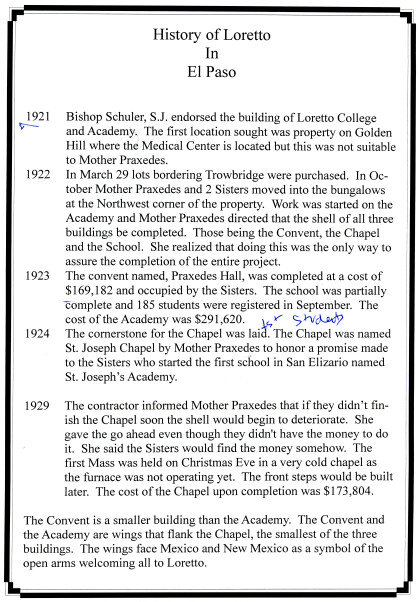
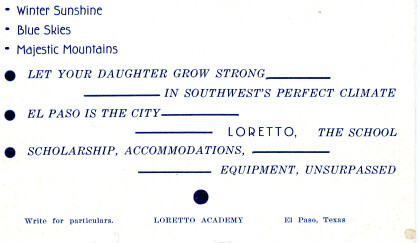
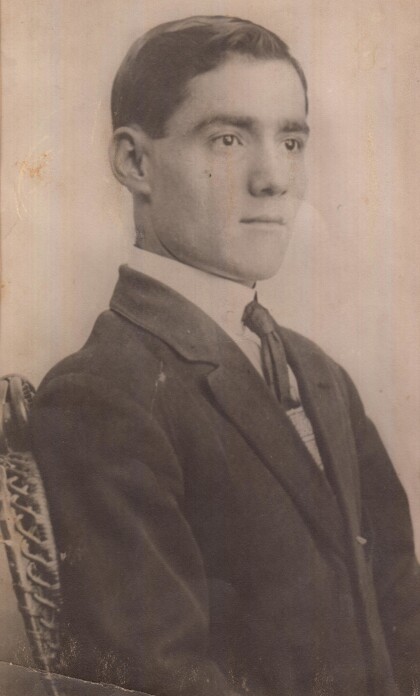
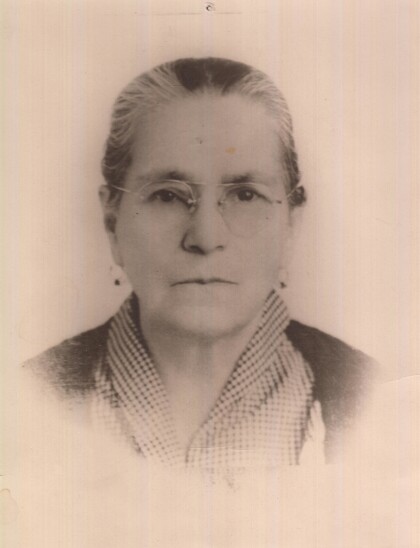


Comments
Add a comment